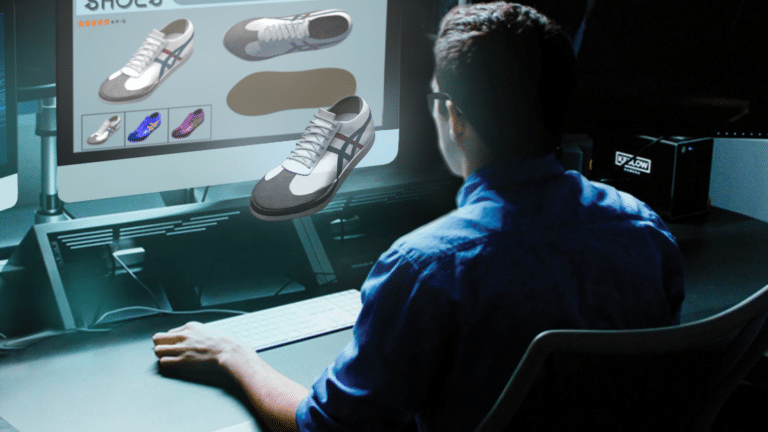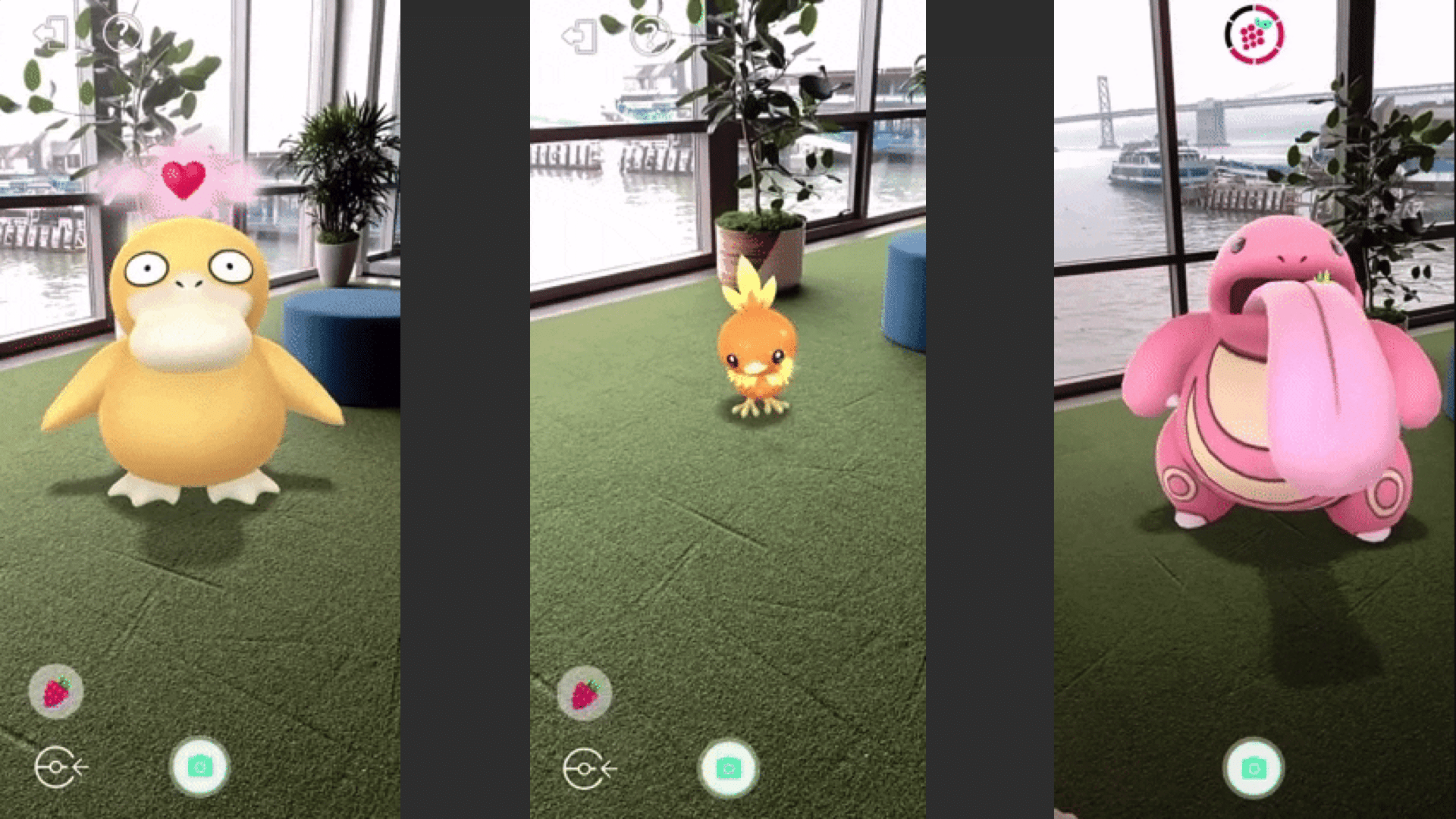
3 AR Systems that Only Hardcore AR Fans Know About
by Dr. Sirisilp Kongsilp
AR is becoming part of everyday life, especially during COVID-19-inflicted lockdowns. Mobile AR is one of the most commonly recognized AR systems and many consumer brands are already applying the technology.
IKEA Place is one of the most notable Mobile AR apps. It allows customers to virtually place furniture around their homes. And of course, Pokémon GO is another well-known AR app that enables users to encounter, battle and capture Pokémon in real life through a mobile device.
However, Mobile AR is just one of many AR systems that Human-Computer Interaction (HCI) researchers have been working on. What are the other AR systems? In this article, we’ll explore three of them.
Level-Setting
Before we begin, let’s take a step back and discuss the definitions of VR and AR in the HCI research community. We revisit these definitions to contextualize the lesser-known AR systems that we’ll explore next. As readers of this publication likely know, VR refers to technologies that immerse users in a virtual environment and cut them off from the physical world. AR refers to technologies that enhance users’ perception of reality.
Bimber and Raskar research discusses various methods by which an AR system can form images. For example, an AR system can project images directly onto an object in the physical world, onto a hand-held see-through display, a head-mounted display, or directly into the user’s eyes. Therefore VR and AR terms don’t technically refer to any specific type of device. Instead, their definitions merely represent a collection of technologies that provide an immersive experience to users.
With that definition, let’s explore the AR systems that only hardcore fans know about…

1. Desktop AR: screen-based spatial display
Desktop AR is a system that can present virtual models that appear to float in front of a user as if they exist in the physical environment. It tracks the user’s viewing positions using a webcam whilst rendering stereoscopic images that match the user’s perspective. The 3D images can be in the anaglyph (red & blue) 3D format (similar to watching 3D movies) and rendered on a standard 2D display. Or they can be in a side-by-side format for rendering on an active/passive 3D monitor. In a nutshell, desktop AR provides an immersive experience through stereoscopic and perspective-corrected 3D models. The cost to share desktop AR content is often free because it utilizes common hardware that most computer users already own. Desktop AR has been studied in the research community for an extended period of time, only recently being introduced in a commercial capacity to the wider VR/AR community.
2. Projection AR: projection-based spatial displays
A projection AR system projects — as advertised — virtual objects onto users’ surroundings. This method employs a projector that’s either mounted onto a user’s body or fixed at a particular place within a room. Users can interact with virtual objects such as clicking on a virtual button or grasping a virtual ball in their hand. HCI researchers are exploring innovative uses for projection AR and how to mitigate the system’s limitations. For example, Sekhavat and Namani developed a projection AR system that provides visual feedback for gait rehabilitation patients. Projection AR directly enhances a specific space in front of a user, but there are limiting factors. Those include lack of stereoscopic visuals, cost of hardware, setup complexity, and limited playing area when the system is used up-close by users.
3. Reflection AR: spatial optical see-through displays
A reflection AR system displays images that are aligned with physical objects or the environment. It uses an illusion technique known as Pepper’s ghost, where images from a display are reflected off a transparent material into the user’s eyes, creating a semi-transparent and ghost-like effect. Reflection AR lines up the ghost images to physical objects behind the transparent material and combines both views into one to achieve this effect. This allows multiple users to view reflection AR simultaneously which, despite a somewhat costly and complicated setup, makes it an excellent and immersive option suitable for showcasing products in a public space.
It’s All in the Implementation
Mobile AR and AR headsets are the two most commonly used and discussed AR technologies today. However, they are far from the only types of AR technologies available. To summarize, desktop AR systems can create a holographic effect by rendering 3D images according to a users’ perspective. Projection AR displays a projection of virtual objects onto the surroundings using external projectors. Reflection AR systems meanwhile create transparent images aligned to the background using the Pepper’s ghost technique. Each type of AR system has its own strengths and weaknesses, but like any technology, results boil down to how it gets implemented.
 Dr. Sirisilp Kongsilp is founder and CEO of Perception.
Dr. Sirisilp Kongsilp is founder and CEO of Perception.



